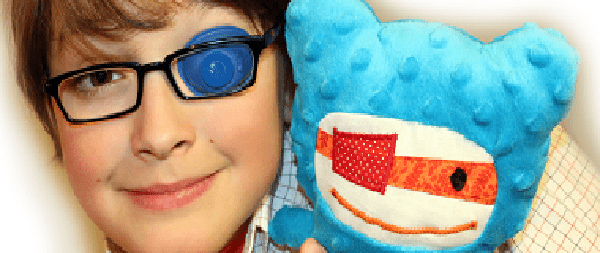Ophthalmology >>>> Amblyopia
Amblyopia.

Amblyopia is a form of visual impairment that occurs with a functional disorder of the visual analyzer. As a rule, one of the eyes is affected and ceases to participate in the process of vision. In amblyopia, visual acuity can range from mild visual acuity to complete loss. A special feature of amblyopia is the fact that vision cannot be corrected with contact lenses or glasses.
The prerequisites for the onset of amblyopia are:
- Genetic predisposition,
- Strabismus in relatives,
- Congenital anomaly,
- The presence of various disorders of the visual analyzer (impaired color perception, photophobia, narrowing of the visual field, impaired refraction),
- Damage to the oculomotor nerves and muscles,
- Corneal opacity, congenital cataracts, ptosis, nystagmus, trauma or dystrophic changes in the cornea,
- Prematurity and mental retardation,
- Jar of Hearts,
- Hysteria.
Signs of amblyopia appear:
- The inability to fix the gaze on bright objects,
- Distinguish with one eye color shades,
- The habit of closing one eye when reading or examining objects,
- Impaired adaptation to light and darkness,
- Deviation of the eye to the side,
- Lack of improvement in the correction of falling vision.
Treatment of amblyopia gives results only in cases of its detection in early childhood (up to six seven years of age). Treatment for amblyopia is to eliminate the cause that caused it. Surgical correction of strabismus, pleoptic treatment are used (they seal the healthy eye and load the eye prone to amblyopia to stimulate its functions). Hardware methods for stimulating the visual function of the eye have become widespread: electrical stimulation, light stimulation, reflex stimulation, vibration massage, and others. In the case when amblyopia is associated with a nervous shock or hysteria, sedatives are prescribed.

Read

Read



























